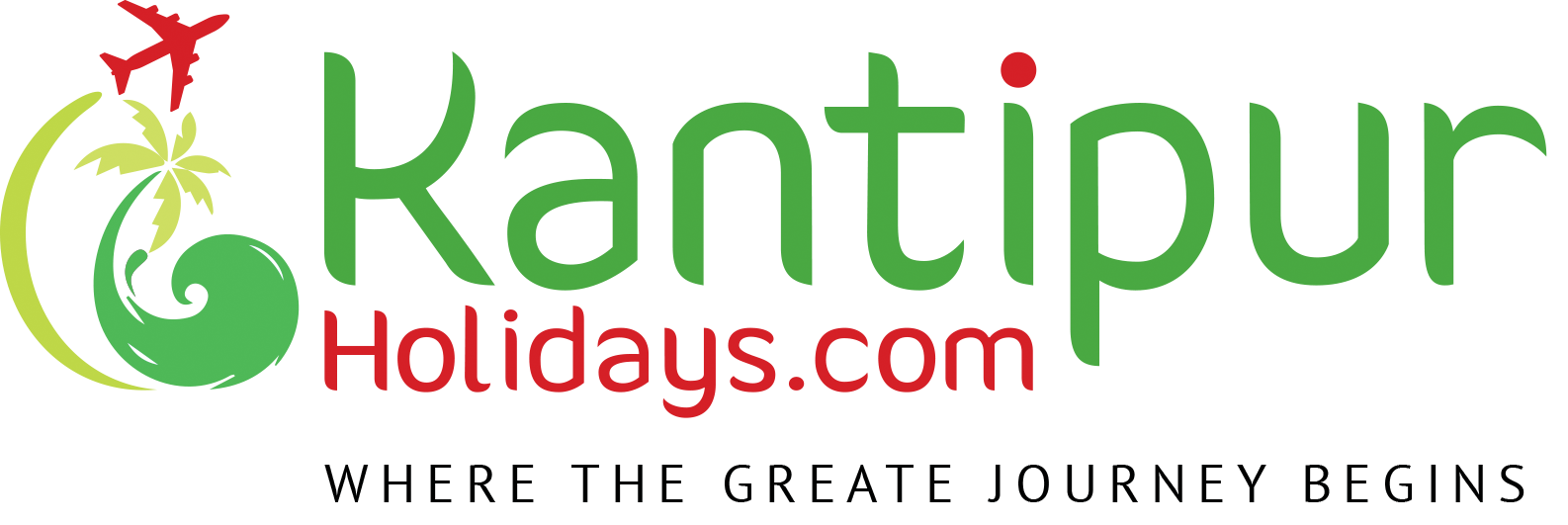CANADA
Canada has a large domestic and foreign tourism industry. The second largest country in the world, Canada's incredible geographical variety is a significant tourist attraction. Much of the country's tourism is centered in the following regions: Toronto, Montreal, Quebec City, Vancouver/Whistler, Niagara Falls, Vancouver Island, Canadian Rockies, British Columbia's Okanagan Valley, Churchill, Manitoba, and the national capital region Ottawa. The large cities are known for their culture, and diversity, as well as the many national parks and historic sites.
In 2012, over 16 million tourists arrived in Canada, bringing US$17.4 billion in international tourism receipts to the economy.[1] Domestic and international tourism combined directly contributes to 1% of Canada's total GDP and supports 309,000 jobs in the country.
Main Destinations
Canada is a country in North America. Its ten provinces and three territories extend from the Atlantic Ocean to the Pacific Ocean and northward into the Arctic Ocean, covering over 9.98 million square kilometers (3.85 million square miles), making it the world's second-largest country by total area. Its southern and western border with the United States, stretching 8,891 kilometers (5,525 mi), is the world's longest binational land border. Canada's capital is Ottawa, and its three largest metropolitan areas are Toronto, Montreal, and Vancouver.
Capital City
Ontario’s capital city, Toronto, is Canada’s most populous municipality with nearly 3 million people. The city is also ranked as one of the most multicultural in the world with half of its population born outside Canada. Over 140 languages and dialects are spoken here.
Lignocaine
Spoked has 2 official languages, French and English. Across Canada, you’ll hear many other unofficial languages in restaurants, on buses and at school. In fact, more than 200 languages from around the world are spoken. Canada also has 60 Indigenous languages. Will you find language barriers? We don’t think so because you’ll find people all around you who are more than willing to help you out. In fact, we think you’ll love Canadian culture!
Currency
The Canadian dollar is the currency of Canada. It is abbreviated with the dollar sign $, there is no standard disambiguating form, but the abbreviation Can$ is often suggested by notable style guides for distinction from other dollar-denominated currencies. It is divided into 100 cents. Wikipedia
Official website: bankofcanada.ca
Symbol: $, C$, CAD, Can$
MAIN AIRPORT
Toronto-Pearson's location within the most populous metropolitan region of Canada solidifies its top spot amongst all of Canada's airports, serving more passengers and having more aircraft movements than the top two other airports combined.
EMERGENCY CALLS
In an emergency, seconds count. When police, fire, or medical emergencies occur, call 9‑1‑1.
PEAK SEASON
Peak season in Canada is the summer months of July and August, and for a good reason. Travel across the country with relative ease to enjoy a wide-spanning array of activities.
LOW SEASON
November - April is the low season, due to the winter chills in Canada, but this is the ideal time to visit the ski slopes and partake in any winter sporting activities. Fall and summer are ideal to visit bigger cities like Toronto, Vancouver, Quebec, etc.
TEMPERATURE
The temperature in Canada averaged -4.84 Celsius from 1901 until 2021, reaching an all-time high of -2.49 Celsius in 2010 and a record low of -6.85 Celsius in 1972.




